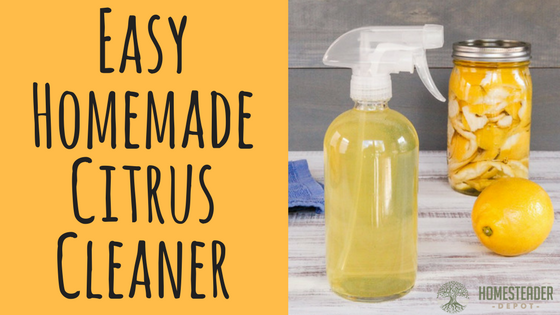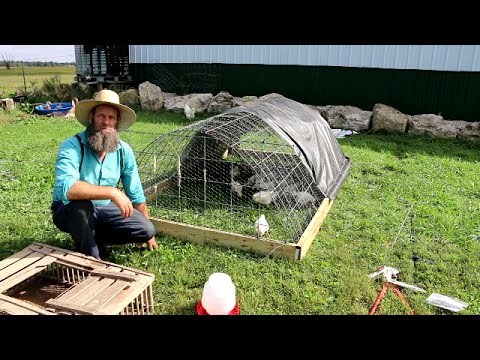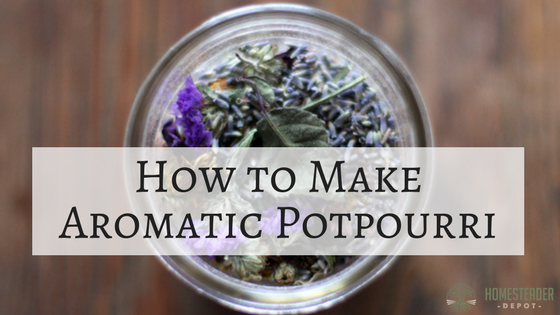Super Simple DIY Fishing Net
Time is always scarce on a homestead so spending days on end catching 1 fish at a time is not the best use of your limited time. How can you catch crazy amounts of fish in a short amount of time so you can get back to doing other necessary things on your homestead? If … Read more








